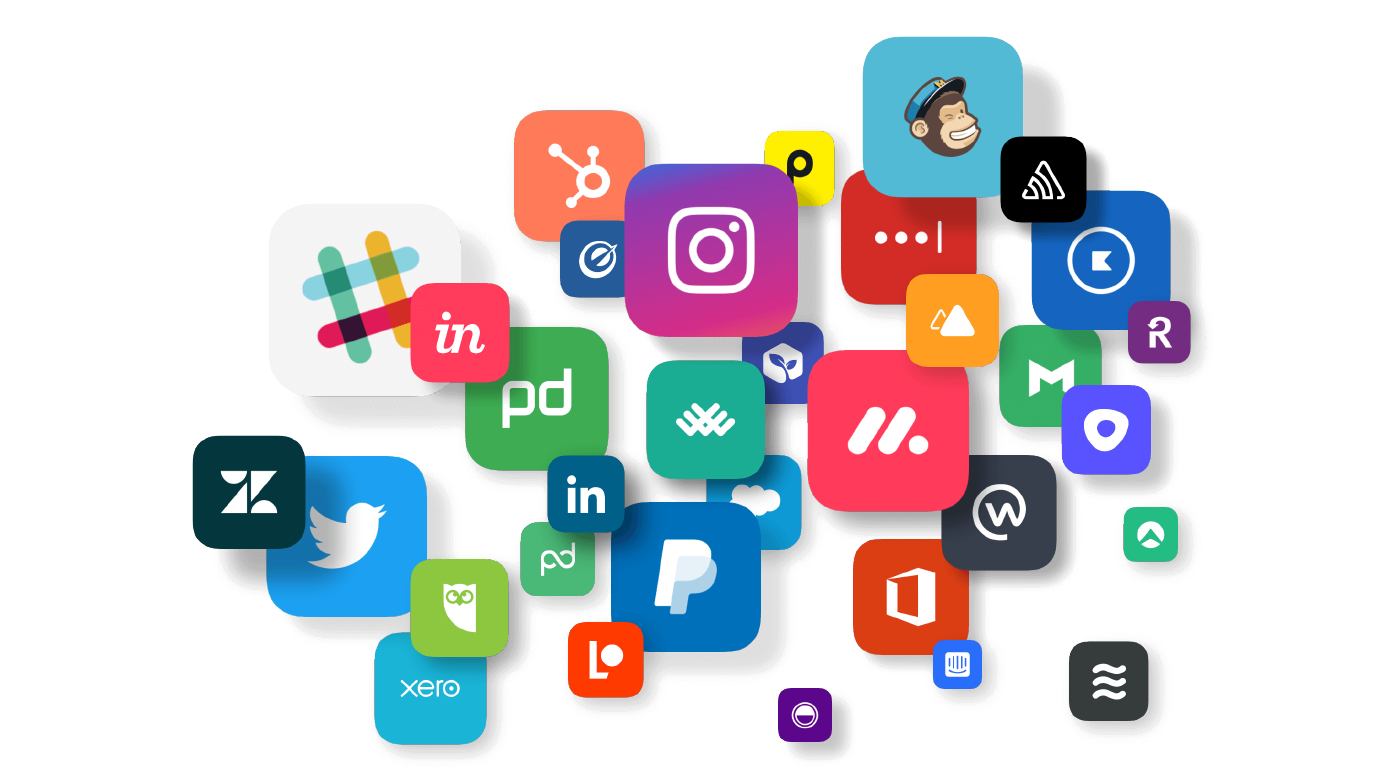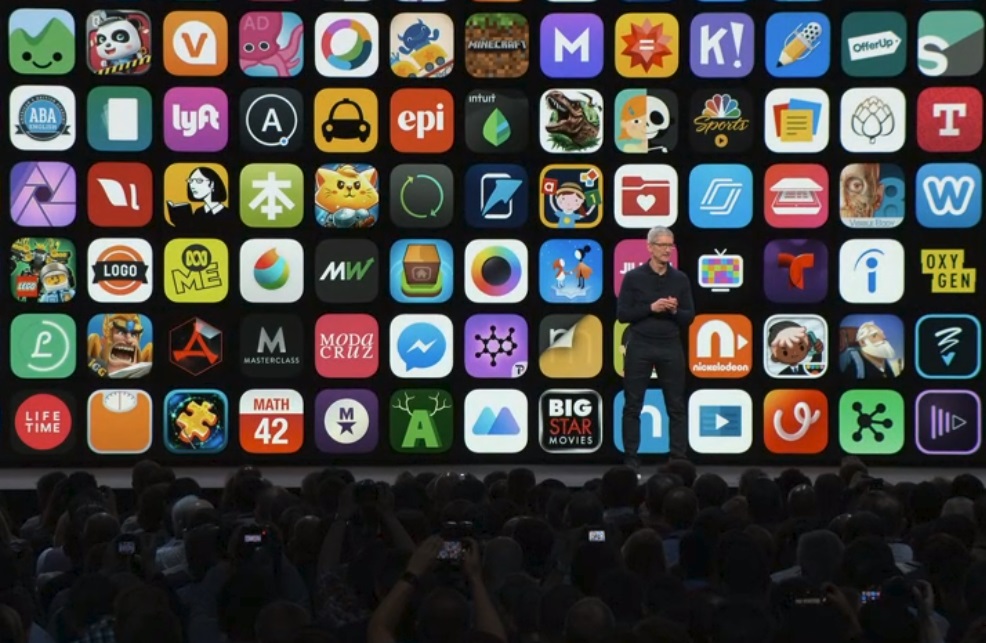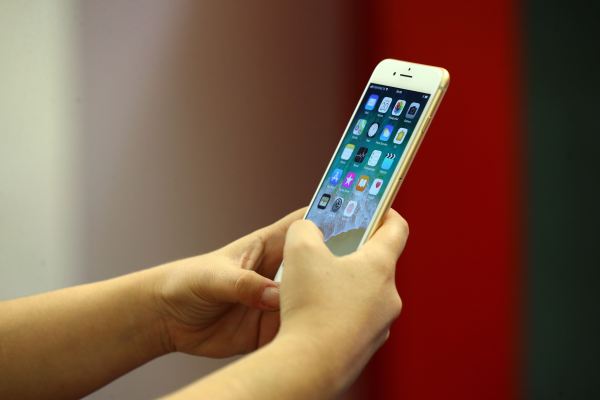As the landscape for designing and building technology continues to evolve, so should the process for designing such systems.
Whether it’s for investing or helping to build a product, it’s important to convey a need for the entrepreneur or company to consider the long term impact of their product and to consider a more mindful and deliberate approach.
Product processes should always go in this order: strategy first, then design and lastly, engineering. If you approach each process pillar with “why?” you will end up with a better product, a more engaged consumer and maybe even a valuable contribution to our ever bloated internet.

PHASE 1, PRODUCT STRATEGY:
Within the product strategy pillar, it’s important to remember that just because someone can build a product, doesn’t mean they should. Just because a type of technology is available, doesn’t mean it will improve an experience. Purpose drives products, never technology for its own sake.
Recently at the 40th International Conference of Data Protection, Giovanni Buttarelli, the conference host stated, “Not everything that is legally compliant and technically feasible is morally sustainable.” In other words, “Should I build it?” is a question to always be asked during this phase. A clue to truly understanding this phase is to ask “How different is my idea before starting this phase vs. after?”
The more an idea has evolved, the better.
PHASE 2, PRODUCT DESIGN:
If designers keep bouncing between phase 1 and 2, that’s a good sign. Remember, ideas that die in phase 1 should be viewed as wins no matter how much work or time has been put in.
While transitioning to the product design phase, it’s critical to remember: the consumer is tired … really tired.
Assume that most conventions simply don’t resonate with the consumer anymore; consider it a widespread technology burnout — App Fatigue. A perfect example of this is with notifications or similar mindless alerts.
Do notifications make the experience better? Do notifications make users want to use the software or the app? If it’s a question that’s being asked, then the answer is a resounding, no. Go back to the strategy phase – rinse and repeat.
The questions to ask are quite simply, “What will make a user want to come back to this product without notifications or similar tchotchkes?”
What experience is created that’s going to resonate with the customer? If an overall user experience resonates with the end user, they will willingly come back without notifications. This may seem obvious or simple, but the obvious answers are typically the hardest to answer and often ignored for that reason.
Consider for a moment what Uber did for hailing a cab, or Airbnb for vacation rentals. These companies are using a technology to enable a product experience that truly provides a meaningful and rich opportunity for the consumer. They didn’t need notifications to drive consumers back – they provide a service that consumers didn’t know they needed. It was an original, differentiated idea. The question is does any new leap that hurdle?
If developers make it through the strategy phase and understand the core features to be designed, it’s a good idea to focus on new engineering solutions that can help provide safer, more mindful experiences related to engineering architecture and user data.

ENGINEERING:
Currently, whether inside, Facebook, Google or Amazon, most user data is stored inside centralized servers. This creates security and privacy concerns.
How could developers create a more mindful approach to user data without storing it inside one of only a few major technology companies? An architecture connecting people on a product via a follow, friending or another, similar, mechanism should have that data be encrypted and stored on the networked phones, versus a centralized server. In short, passing the user-data baton to your friend(s) instead of a company.
While still in its infancy, the proposed architecture would pair well with an overall product experience that is focused on the future generation of apps. It would create a decentralized architecture that plays in the favor of the consumer instead of the company. It’s another example of a mindful ‘user-first approach’. A large leap for startups, it’s a good example of thinking about new approaches and constantly challenging the norm, in this case, user data and security.

PULLING IT ALL TOGETHER:
Consider the following case study as a blueprint: Imagine proposing to build an inherently social application. (This example is illustrative because many young entrepreneurs still have social at their core, and many businesses believe social is still a key first differentiator.)
For this example answer: ‘Why are you hoping to build such software?” Followed by “Do you feel this will help people or society in any positive or productive way?” (other than trying to get their attention?) Those targeted questions focus the importance of what software has become and its larger impact on society.
From there, try to shift the focus from higher level strategy — what are you building and why — to specific features: the design phase. Typically, there’s a friend or follow connection model; a way for people to see activity and some level of bothersome notifications, prompts, or updates.
Then focus on providing mindful alternative solutions to these standard features. Consider limiting the number of friend requests to help illuminate the product offering? Or if the product is a bit further down the road: consider putting up a paywall tier for potential customers not wanting to see ads. Or: consider not having an algorithm sort content and instead, show content as it comes in or give the consumer the option?
Companies are beginning to explore these types of alternatives. Consider what Apple has done for map sharing in their recent IOS release and Google is following suit.
Less is more in the current and future world of software design and development. And mindful, deliberate decisions will provide the underpinning of the next generation of apps and larger software ecosystems.
Providing value in a congested market is very challenging. But incorporating a mindful approach to product design enables a streamlined architecture that saves time and provides a framework to building products people actually want to use.
